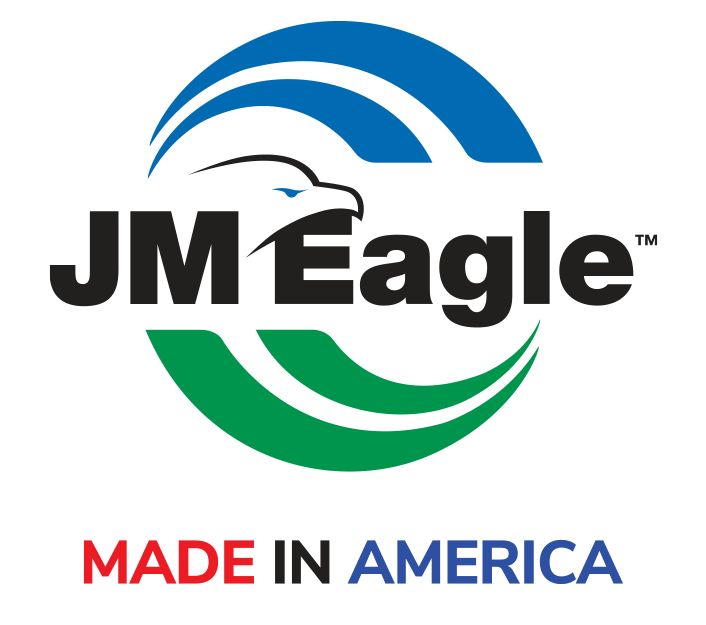
More Water Infrastructure Funding Needed
Federal spending for water pipelines, sewage system, etc. is just one-eighth of what it was in 1970s.
Stump speeches. Catchy slogans. Balloons. Confetti. Funny hats. Last week, hundreds of thousands of Americans from across the nation would have descended on Milwaukee for the Democratic National Convention. Delegates would have voted for the next Democratic presidential candidate, restaurants and hotels would be overflowing, and streets would be abuzz with the electric energy of summer in the Great Lakes.
As with so many things these days, the coronavirus pandemic delayed, and made virtual, the Democratic National Convention that Milwaukee painstakingly planned over the last year. Like much of America, our Convention Center remains shuttered, our beloved Summerfest cancelled, sports arenas are closed, and restaurants and bars are deserted.
Milwaukee is known as the Fresh Coast—set on the shores of Lake Michigan and located at the confluence of three rivers. Unfortunately, even these precious natural resources are not immune to the impacts of the pandemic. Milwaukee’s drinking water and wastewater utilities are experiencing sudden drops in revenue as economic activity precipitously declines. Water utilities know they provide an essential service, which is why Milwaukee has a moratorium on water shutoffs. Local water utilities are also incurring new, additional costs to staff critical operations during the pandemic. This isn’t unique to Milwaukee, but a national trend—in fact water and wastewater utilities are projecting $30 billion in lost revenue by 2021.
Read more here: https://bit.ly/3f8VN7I
